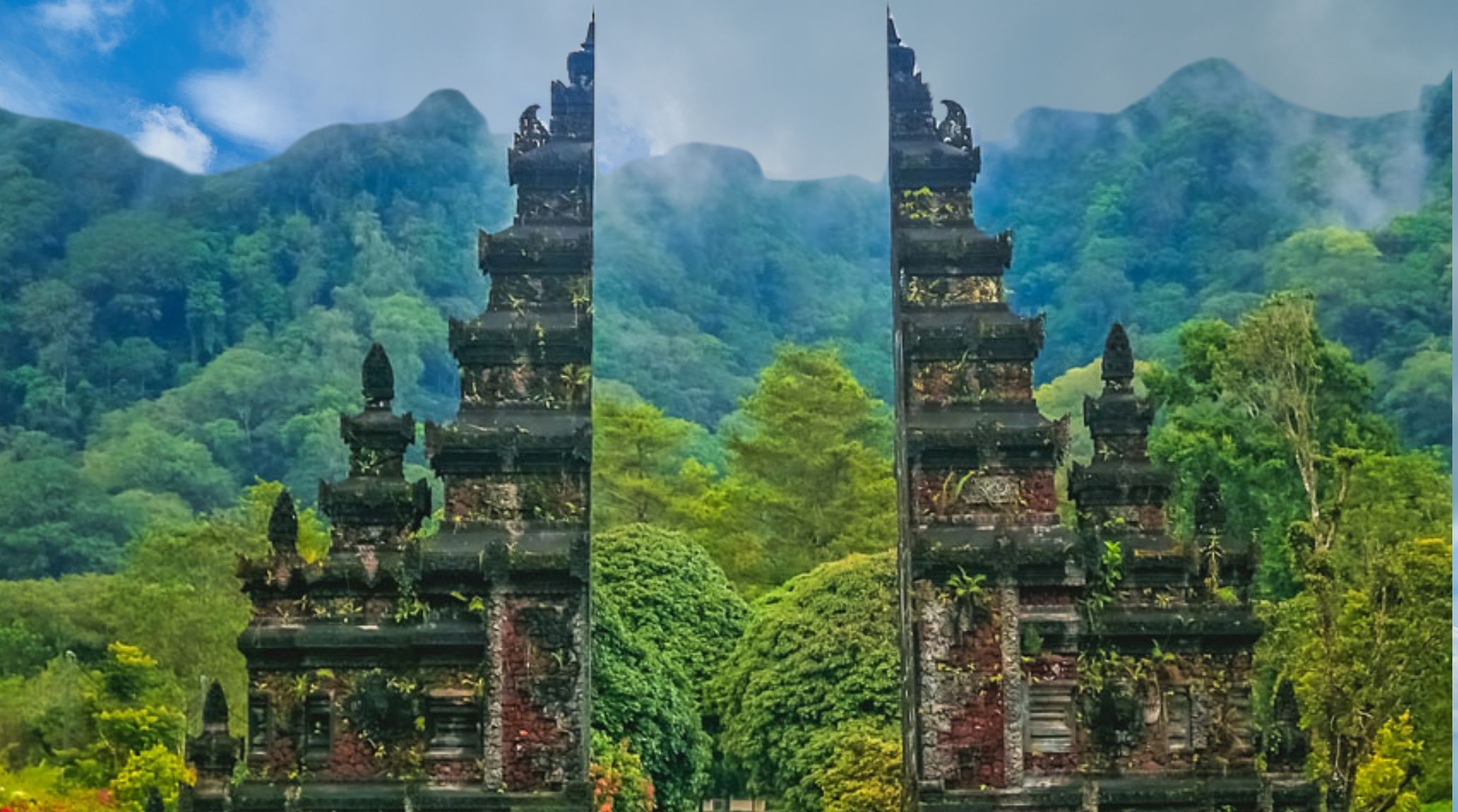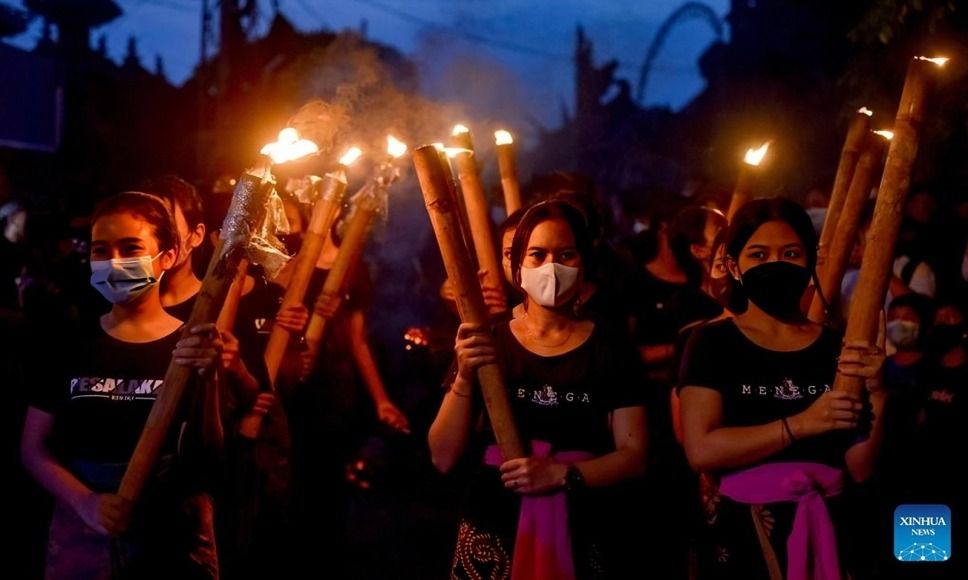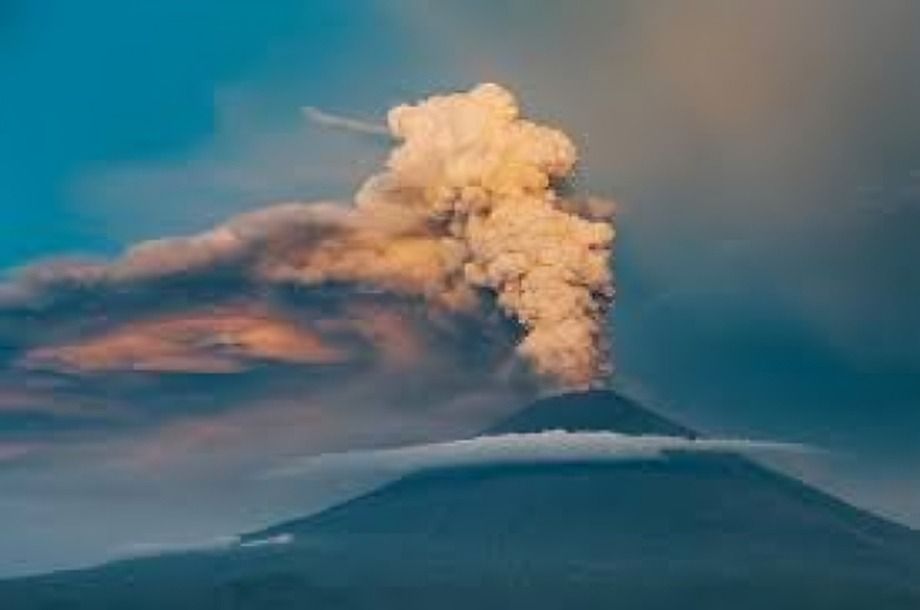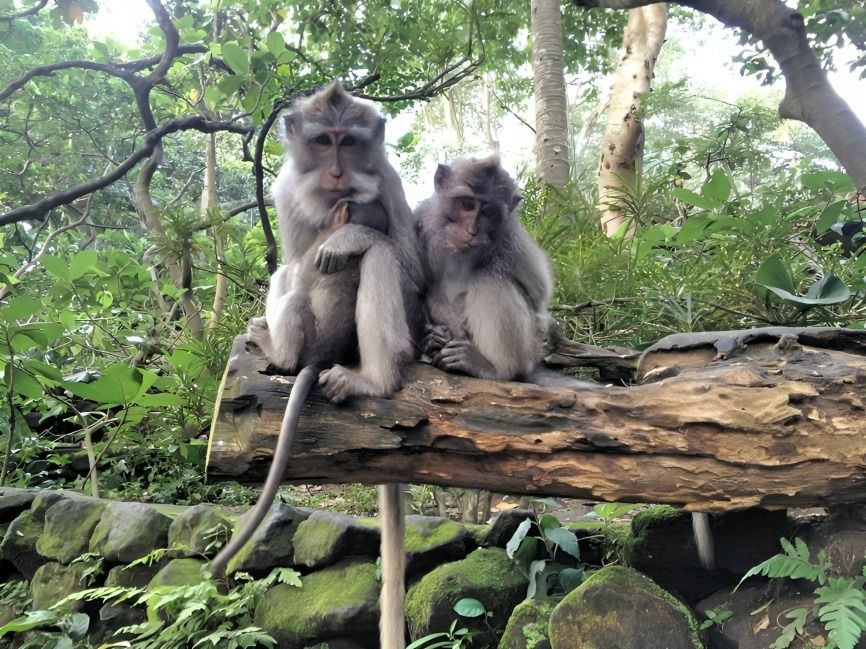
“
Bali, the “Island of the Gods,” is an enchanting blend of rich culture, stunning landscapes, and unforgettable experiences. Known for its vibrant art scene, beautiful beaches, and spiritual significance, Bali attracts millions of tourists each year. From the sacred temples to its famous rice terraces, this tropical paradise has much to offer beyond its sandy shores. In this blog, we’ll explore 20 amazing facts about Bali, diving into its history, unique traditions, and the natural wonders that make it one of the world’s most popular travel destinations. Discover what makes Bali a truly magical place to visit and explore!1
1
”
Bali, an Indonesian province, is an island with several smaller islands nearby. Off its southeast coast lie Nusa Penida, Nusa Lembongan, and Nusa Ceningan, ideal for snorkeling, surfing, and beach relaxation. 1
Bali’s coastline spans 593 kilometers (370 miles) and is almost entirely fringed by coral reefs. Its longest river, the Ayung River, stretches only 75 kilometers (47 miles) from end to end. 2
Bali is home to the world’s second tallest statue, the Garuda Wisnu Kencana, which stands at 121 meters tall. It was completed in 2018 after 28 years of construction. 3
Bali's traditional rice terraces, especially in Tegalalang, are UNESCO World Heritage sites. They showcase the island's long-standing agricultural practices and scenic landscapes that attract photographers and visitors from all over the world.4

Every year, Bali celebrates Nyepi, the Day of Silence, which marks the Balinese New Year. During this 24-hour event, the entire island observes silence, with no vehicles or lights allowed.
Bali’s southwestern Uluwatu region features some of the island's most beautiful beaches. Known for hidden, serene shores, Uluwatu offers a more peaceful experience compared to Bali’s busier, tourist-heavy spots. 5
The island is considered the "Island of Gods" due to its rich Hindu culture and spiritual significance. Numerous temples, such as Tanah Lot and Uluwatu, play important roles in Bali’s religious traditions. 6
The world’s most expensive coffee, Kopi Luwak, originates in Bali. Made uniquely, coffee beans pass through a civet cat’s digestive system, where the fruit is digested, leaving beans for roasting. 7
Tourism fuels 80% of Bali’s economy, with $8 of every $10 from foreign tourists. Both direct spending and indirect spending, like resort maintenance, are essential to Bali’s financial stability. 8

Bali is home to two active volcanoes: Mount Batur at 1,700 meters and Mount Agung at 3,000 meters. Hiking these peaks offers breathtaking island views, making for a memorable Bali experience.
Indonesia’s official language is Bahasa Indonesia, yet Bali also has its own language, Balinese. While Bahasa shares roots with Malay and Tagalog, Balinese has distinct vocabulary and Malayo-Polynesian origins. 9
Bali is known for its unique arts and crafts, particularly in painting, sculpture, and batik. Ubud, a cultural heart of Bali, is famous for its art galleries and traditional craft workshops. 10
The island has a diverse marine life, making it a popular spot for snorkeling and diving. Places like Menjangan Island and Amed offer vibrant underwater ecosystems, including coral reefs and tropical fish.11
In Bali, babies are traditionally carried everywhere and kept off the ground to protect them from spirits. When ready to touch the ground, a special ceremony celebrates this milestone. 12

Monkeys, especially macaques, are sacred in Bali, linked to the Hindu god Hanuman. The Ubud Monkey Forest houses 700 macaques, who are friendly but mischievous with tourists, so secure valuables carefully.
Bali hosts a large number of traditional ceremonies and festivals throughout the year, such as the Ogoh-Ogoh Festival. This event marks the end of Nyepi and features large, colorful effigies paraded through the streets. 13
Bali’s climate is tropical, with a wet season from October to March. During this time, the island’s jungles and rice terraces become even more vibrant, creating a lush, green landscape. 14
Bali has a unique cockfighting culture with three types: Tabuh Rah, Tajen Terang, and Tajen Branangan. Tabuh Rah is particularly significant during the Butha Yadnya religious event. 15
Bali features a rare floating toll road across the Gulf of Benoa, stretching nearly 13 kilometers (8 miles). This modern infrastructure contrasts with the island's traditional charm, blending innovation and heritage. 16
Bali is one of Indonesia’s most visited islands, with tourism being a key driver of the economy. The island’s rich culture, natural beauty, and unique experiences keep travelers coming back year after year. 17


